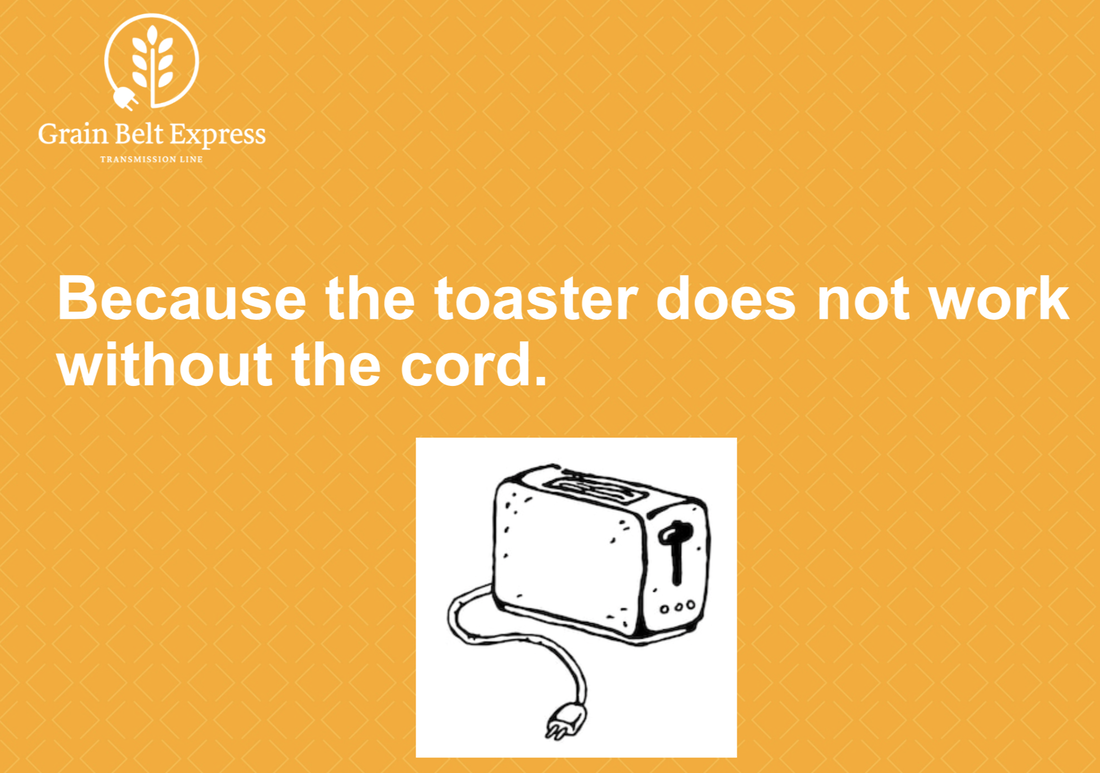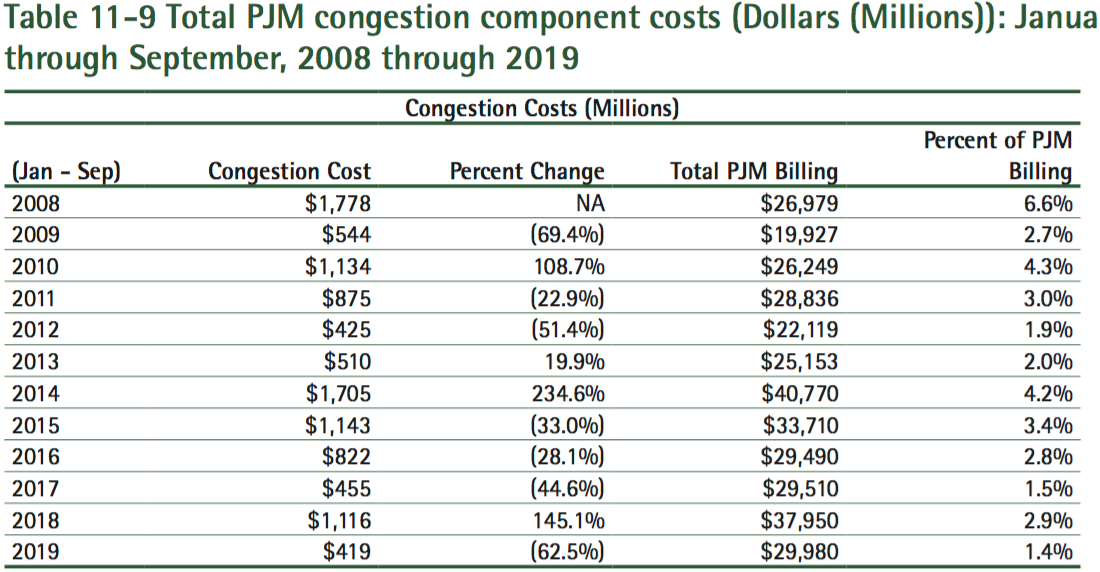We all know that PJM has been using magic math to alter the project's benefit/cost ratio in order to make it appear economic. But, what exactly has PJM done? The OPC's witness gets right to the point. In its latest iteration, PJM's B/C left something important out of its "base case" that calculated benefit. PJM has been inconsistent in evaluating the three separate projects it recently bundled into one aggregate project with a B/C of 2.25:1. When project 5E (the Graceton-Bagley rebuild) tanked below 1.25, PJM added the H-L project (Hunterstown-Lincoln) to its base case in order to raise that number to 1.8. PJM added H-L because it increased the B/C ratio for 5E.
However, when it came time to re-evaluate the Transource project, PJM took H-L OUT of the base case because that increased the B/C ratio for the Transource project. OPC's witness believes that the "benefits" of the Transource project will fall if H-L is included in the base case.
I believe that PJM should have conducted an evaluation to calculate the B/C ratio of the Reconfigured Project 9A with the H-L Project in the base case, consistent with its approach to evaluating Project 5E. Project 5E failed the B/C threshold in the latest reevaluation, but PJM repeated the analysis including the H-L Project in the base case because of its impending recommendation that the PJM Board approve the H-L Project. My understanding of the rationale for including the H-L Project in the base case is that with such a high benefit-cost ratio and a low total cost it is highly likely the H-L Project will be approved, and that project will impact the flows to Project 5E, making it more reasonable to review Project 5E with the H-L Project in the Base Case.
The Reconfigured Project 9A has a similar fact pattern, although the results are opposite directionally. The latest reevaluation of Project 9A passed the B/C threshold without the H-L Project, but it is reasonable to expect that, due to the proximity of the two projects, the addition of the H-L Project will alter the flows of power that produced the 9A benefits.
While we do not currently have all of the data needed to estimate the results of that case, it is possible that including the H-L Project in the Base Case will reduce the calculated benefits of the Reconfigured Project 9A.




 RSS Feed
RSS Feed